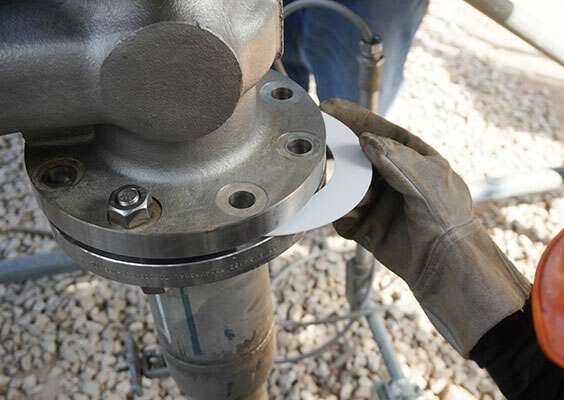-
Homepage
-
Sealing knowledge
- Basic information on sealing installation
What should you always consider before installing sealing elements?
- Inspect installation spaces: Look out for grooves, etc.
- Ensure installation spaces are clean: Watch out for rust, paint chips, metal filings, dirt, etc.
- Avoid sharp edges: Deburr any sharp edges
- Prevent grooved rods and cylinder surfaces: Longitudinal grooves can cause significant leaks or even lead to cylinder failure.
- Maintain cleanliness at the workplace!
- Use appropriate assembly tools: such as assembly tongs, etc., since pointed and sharp tools will damage your seal!!!
- Assembly cone: primarily for S9 and K8 types
- Assembly plate

Get in touch with us!
We perform best under pressure! Personalized advice for the highest demands and a fast delivery guarantee ensure your satisfaction. Contact our sealing experts.
We look forward to your inquiry."
What should you pay attention to when assembling cylinders?
- All parts for the hydraulic seal or pneumatic seal should - if possible - be lubricated with suitable lubricants. The better the mounting grease, the longer the running time of the cylinder
- Sharp edges are also to be avoided here.
Avoid sharp edges on insertion bevels, heels and pin boss - The cylinder must be vented.
Installation Tips and Installation Spaces
Here are some tips and tricks for installing seals. This page was created based on our own experience or on tips that experienced installers passed on to us.
These tips have already been tested many times and work perfectly, but the use of these tips is at your own risk – Kofler - Dichtungen assumes no liability for any resulting damage.
Installation of piston seals (especially K8)
Use a narrow packing tape Piston Seal to install piston seals. This reduces extreme overstretching of the PTFE slip ring and significantly reduces the risk of its tearing.
Where does the support ring belong on the O-ring?
Frequently, we find that support rings are installed incorrectly. Basically, it should be said that support rings always support the O-ring and should therefore be mounted behind the O-ring (the side facing away from the pressure). There are a few rare exceptions to this, which we will not elaborate on here.
Install thick-walled seals in closed groove
It is often unavoidable to install thick-walled sealing elements in closed installation spaces. In order to make seals a little "softer", hot water or hydraulic oil is suitable for most materials (Attention - temperature must not be above 100°C (212°F) - if the oil smokes, it has a temperature of approx. 270°C (518°F)!).
Removal of rod seals, scrapers, etc.
Caution when removing rod seals and scrapers - Never drive behind the seal (groove bottom) with unsuitable tools, as this will damage the groove. Instead, insert a mounting tool (also a screwdriver if necessary) into the groove of the grooved ring and remove the old seals in this way.
O-ring as a piston or rod seal?
If possible, prevent the use of O-rings as dynamic seals. During lifting movements, the O-ring tends to "roll" and is therefore usually already broken after a short period of use.

